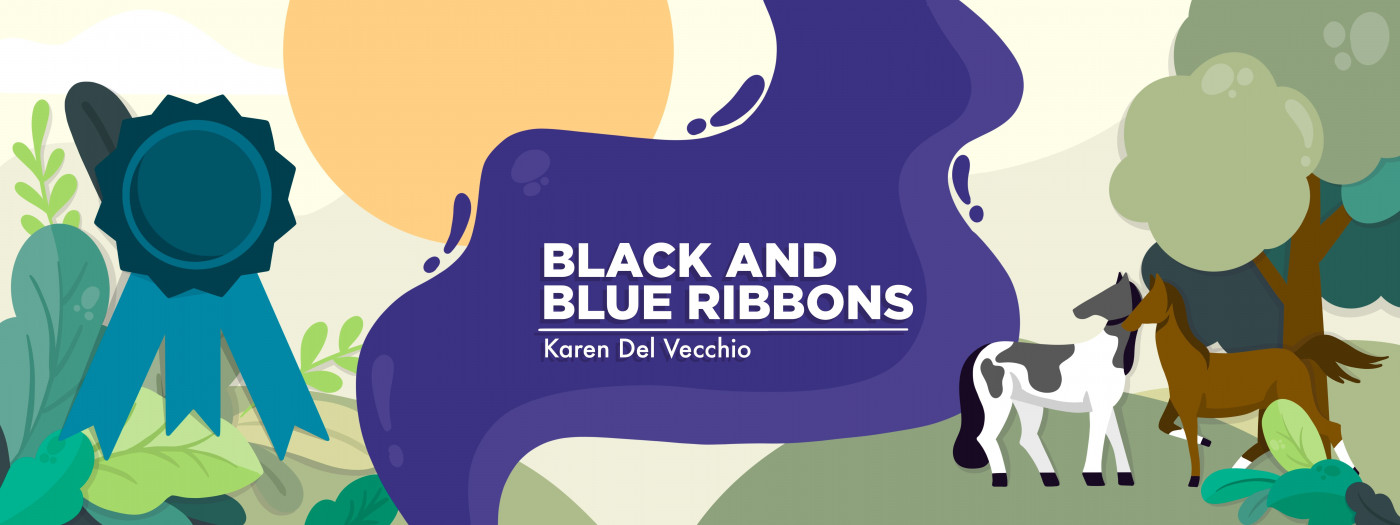7 Things I’ve Learned Since I Was Diagnosed With Ehlers-Danlos Syndrome
A columnist explains what newly diagnosed EDS patients should know
Written by |

A teenager I know was recently diagnosed with Ehlers-Danlos syndrome (EDS), and another is suspected of having it. After spending years not knowing anyone else with the condition, this was very surprising to me!
Both the teenagers and their parents had a lot of questions about how I’ve managed my EDS. This got me thinking about the most important things I’ve learned since I was diagnosed at age 22.
1. Everyone is different.
There are 13 different types of EDS, and even when people have the same type, the condition manifests differently. No two people have the exact same experience with EDS. Despite that, there’s still a lot we can learn from each other, as most of us experience some degree of overlap. On the contrary, just because something works for someone else doesn’t necessarily mean it’ll work for you.
2. I was in a lot more pain than I realized.
Having spent my whole life in pain, I didn’t realize how bad it was until I started to feel better. I was then able to pinpoint specific areas of discomfort and see if there were issues I could treat or manage more effectively.
3. Physical therapy tailored to my EDS was critical.
When I was diagnosed, I not only had old injuries that needed EDS-specific rehab, but the therapists also had to teach me how to walk again and stand properly so that I wouldn’t do so much damage to my joints.
4. For me, massage is truly life-changing.
Massage is my main method for keeping my pain at relatively low levels, and it’s helped me heal injuries to the best of my abilities.
5. I work hard to stay as active as possible.
For me, even if I’m sore, not moving is worse than being active. That’s not the case for everyone, but finding a balance between resting my body when needed and still getting exercise really helps me feel better.
6. My anxiety level is often connected to my pain level.
If I’m having a pain flare, I’m probably more stressed out as a result. It helps when I remind myself that the two are related, and that one way to tackle my anxiety is to get a handle on my pain, whether through extra bodywork, exercise, appropriate medicine, or some combination of these.
7. EDS doesn’t define me.
It certainly affects me and my day-to-day life in certain ways, but it’s only a part of me. I have many other qualities that are more important than my medical diagnosis.
For me, being diagnosed with EDS was in some ways a relief. I’d had seemingly inexplicable symptoms for so many years that knowing what was wrong helped me feel better, even if I didn’t like what it meant. Knowledge is power. I was able to start recognizing what was happening and why, and learn how to mitigate the effects.
EDS is a journey, but exploring a variety of treatment options has helped me find ways to minimize its impact on my daily life.
Note: Ehlers-Danlos News is strictly a news and information website about the disease. It does not provide medical advice, diagnosis, or treatment. This content is not intended to be a substitute for professional medical advice, diagnosis, or treatment. Always seek the advice of your physician or another qualified health provider with any questions you may have regarding a medical condition. Never disregard professional medical advice or delay in seeking it because of something you have read on this website. The opinions expressed in this column are not those of Ehlers-Danlos News or its parent company, Bionews, and are intended to spark discussion about issues pertaining to Ehlers-Danlos.





Lisa
I really liked this article. Thank you for sharing.
Bill
I wasn't diagnosed until I was 69. I am a genetic type aEDS. Everything you said is right on point. I also find mat pilates extremely helpful in addition to massage. I travel to see a PT with experience with EDS patients. Because of my late diagnosis, I have multiple issues related to injuries that I have sustained throughout my life and now have metal to hold together one knee and an elbow, in addition to a spinal fusion (C3-C4). And I was still scored as hypermobile on the Beighton test. Hopefully being diagnosed will help avoid the injuries. Some of mine were caused by injuries from exercise. It is easy to develop tendonitis and rupture tendons. You often need to teach your physical therapists of the danger of pushing too hard and that progress will be slow. Yes, I never knew how much pain I was in. Ignore those who think you are faking. Speak up when it hurts. Stop hiding what's really going on with your body. You are lucky to be diagnosed so young.